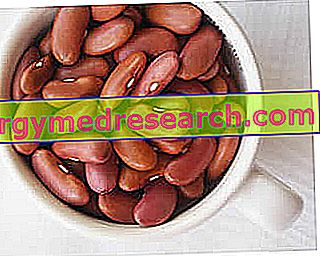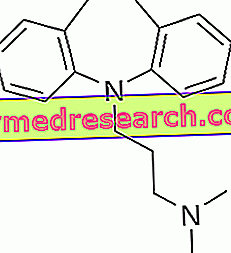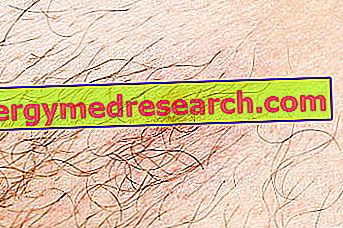
Drug currently suspended in the European Union union
International Common Name (INN):
Anti-diphtheria, antitetanus, acellular antipertussis, inactivated anti-polio, anti-hepatitis b (recombinant) and anti- Haemophilus influenzae type b, conjugated, adjuvantedActive principle:
Adsorbed diphtheria purified toxoid
Purified tetanus toxoid
Purified pertussic toxoid
Purified pertussis filamentous haemagglutinin
Surface antigen of hepatitis B virus
Inactivated type 1 poliovirus (Mahoney)
Inactivated type 2 poliovirus (MEF 1)
Inactivated type 3 poliovirus (Saukett)
Polysaccharide of Haemophilus influenzae type b (poliribosilribitol phosphate) c
Pharmacotherapeutic class:
Combined bacterial and viral vaccines (J07CA)
Currently approved therapeutic indications:
This combined vaccine is indicated for primary vaccination and booster vaccination of children, against diphtheria, tetanus, pertussis, hepatitis B caused by all subtypes of known viruses, poliomyelitis and invasive infections supported by Haemophilus influenzae type b.
Approved presentations:
See the "All authorized presentations" form
Marketing Authorization Holder:
AVENTIS PASTEUR MSD, SNC
8, rue Jonas Salk
F-69007 Lyon
France
Release date of the marketing authorization valid for the entire European Union:
October 23rd 2000
Date of designation of orphan medicinal status:
Not relevant
Hexavac is an hexavalent vaccine containing a combination of antigens derived from Corynebacterium diphtheriae, Clostridium tetani, Bordetella pertussis, hepatitis B virus, poliovirus and Haemophilus influenzae type B. Hexavac was developed for primary vaccination and booster vaccination of children against viruses and bacteria mentioned above.
The approval was issued on the basis of the results obtained in clinical studies aimed at assessing the immunogenicity and reactogenicity of Hexavac when administered according to specific cycles of primary vaccination and vaccine booster. These studies have shown the effectiveness of Hexavac in children in preventing these diseases.
The most commonly reported negative reactions are transient local reactions (pain, erythema, swelling at the injection site) and systemic reactions (loss of appetite, fever, drowsiness, irritability).
The following adverse events have been reported very rarely: allergic reactions, chills, fatigue, episodes of hypotonia-hyporesponsiveness, malaise, edema, pallor, swelling or edema in the limbs, transient enlargement of local lymph nodes, convulsions (febrile and non-febrile), encephalitis, encephalopathy with acute edema of the encephalon, revulsion of the eyeballs, Guillain Barrè syndrome, hypotonia, neuritis, abdominal pain, meteorism, nausea, petechiae , purpura, tombocytopenic purpura, thrombocytopenia, agitation, sleep disorders, dyspnea or inspiratory stridor, erythema, itching, rash, hives and redness.
The CHMP, based on the quality, efficacy and safety data presented, believes that overall the benefit / risk ratio of Hexavac remains favorable in the approved indication. For detailed conditions on the use of this product, scientific information or procedural aspects, please refer to the respective modules.



